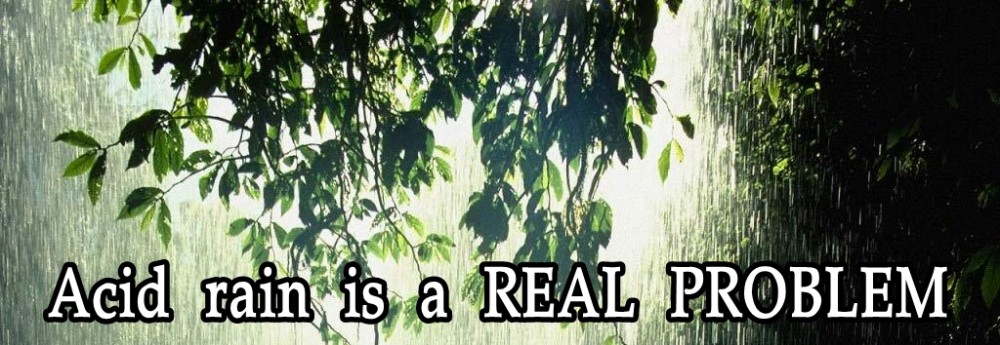What does the word acid mean to you?
One way to define an acid is as a substance that releases hydrogen ions, H+ , in aqueous solution. The pH of a solution is a measure of the concentration of the H+ ions present in that solution.
The flip side of the story is the chemical opposite of acids: bases. A base is any compound that produces hydroxide ions (OH– ) in aqueous solution.
When acids and bases react with each other, we call this a neutralization reaction. In neutralization reactions, hydrogen ions from an acid combine with the hydroxide ions from a base to form molecules of water.
Why is rain naturally acidic?
Carbon dioxide in the atmosphere dissolves to a slight extent in water and reacts with it to produce a slightly acidic solution of carbonic acid. The carbonic acid dissociates slightly leading to rain with a pH around 5.3.
In the case of rain, if the pH is lower than 5 is considered acid rain.
Acid Rain
Acid rain is rain consisting of water droplets that are unusually acidic, containing higher than normal amounts of nitric and sulfuric acids. The precursors of acid rain formation result from both natural sources, such as volcanoes and decaying vegetation, and man-made sources, such as from fossil fuel combustion in power stations, factories and cars.
They all produce polluting gases, especially nitrogen oxides and sulfur dioxide, which react with the tiny droplets of water in clouds to form sulfuric and nitric acids. The rain from these clouds then falls as “acid rain”.
